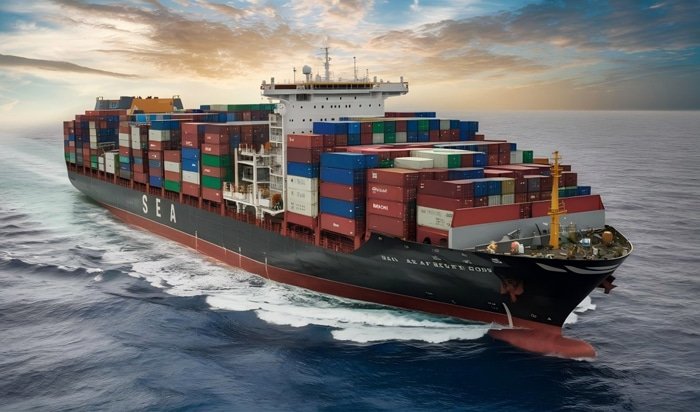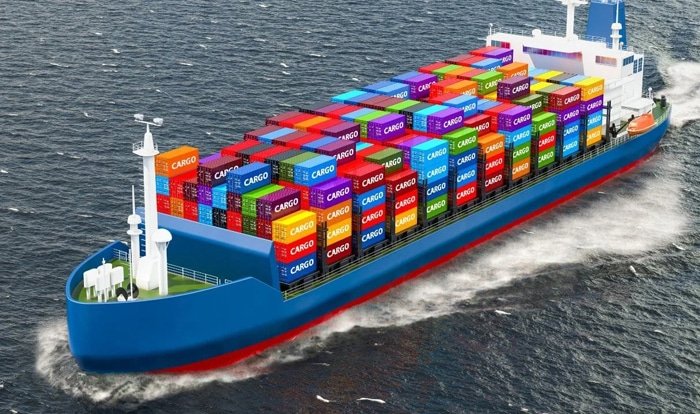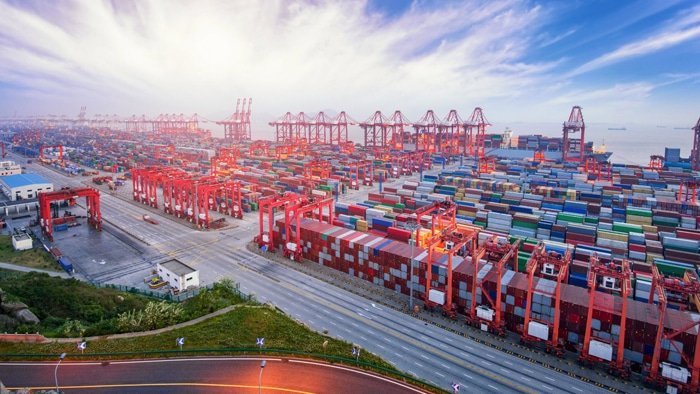As one of Southeast Asia’s most dynamic economies, Malaysia remains a major trading partner for China. With thousands of TEUs moving monthly between the two countries, understanding how sea freight from China to Malaysia works is critical for exporters, wholesalers, and logistics planners. At Shenzhen Guanwutong International Freight Forwarding Co., Ltd., we specialize in providing efficient, affordable, and compliant ocean shipping solutions to Malaysia.
This complete guide covers all the key aspects you need to know, including available shipping modes, transit times, cost factors, documentation, and how Guanwutong can help streamline your entire freight process.
1. Why Choose Sea Freight from China to Malaysia?

For large volumes or bulk cargo, sea freight is the most cost-effective shipping method between China and Malaysia. Despite its longer transit time compared to air freight, sea shipping offers:
- Lower cost per unit for medium to large shipments
- Flexible options: Full Container Load (FCL) or Less-than-Container Load (LCL)
- Port-to-port or door-to-door services
- Regular schedules between major ports like Shanghai, Shenzhen, Guangzhou, Ningbo, and Malaysia’s Port Klang, Pasir Gudang, or Penang
Whether you’re shipping electronics, furniture, auto parts, or e-commerce goods, Guanwutong ensures your cargo moves efficiently and safely.
2. Key Ports Between China and Malaysia
Main Chinese Origin Ports:
- Shenzhen (Yantian/Shekou) – High-frequency container services, ideal for electronics and general cargo.
- Guangzhou (Nansha) – Strategically connected to South China manufacturing zones.
- Shanghai / Ningbo – Suitable for northern or eastern China suppliers.
- Xiamen / Qingdao / Tianjin – For coastal shipping or transshipment consolidation.
Main Malaysian Destination Ports:
- Port Klang – The busiest port in Malaysia, close to Kuala Lumpur.
- Pasir Gudang (Johor) – Ideal for deliveries near Singapore or southern Malaysia.
- Penang Port – Preferred for shipments to northern Peninsular Malaysia.
Guanwutong offers full coverage across these lanes, with customizable services based on your sourcing or delivery points.
3. FCL vs. LCL: Which Option Is Right for You?

FCL (Full Container Load)
- Your cargo occupies the entire container (20ft, 40ft, or HQ).
- More cost-effective for large-volume shipments.
- Greater cargo security and faster processing.
LCL (Less-than-Container Load)
- Ideal for small or medium-sized cargo that doesn’t fill a container.
- Freight is consolidated with other shipments.
- Flexible and cost-efficient for e-commerce or startup exporters.
At Guanwutong, we operate weekly LCL consolidations from Shenzhen, Ningbo, and Shanghai to Port Klang and Johor Bahru.
4. Transit Time: How Long Does Sea Freight Take?
The average shipping time by sea from China to Malaysia ranges from 8 to 18 days, depending on the ports of departure and arrival, shipping line, and transshipment points.
| Route | Estimated Transit Time |
| Shenzhen → Port Klang | 8–12 days |
| Shanghai → Penang | 10–16 days |
| Ningbo → Pasir Gudang | 9–14 days |
| Guangzhou → Johor Bahru (via SG) | 12–18 days |
Note: Add 2–3 days for customs clearance and local delivery if door-to-door service is requested.
5. Sea Freight Costs: What Affects the Price?
Several factors influence your total sea shipping cost:
- Container type: FCL 20ft vs 40ft or LCL by volume/weight
- Freight rate fluctuations: Affected by fuel prices and seasonal demand
- Port charges: Handling, terminal fees, and customs-related costs
- Origin/destination address: Distance from port to warehouse affects inland trucking cost
- Optional services: Warehousing, packaging, insurance, DDP/DDU terms
Guanwutong provides instant quotes and transparent pricing. We help you compare carriers and optimize routes for best value.
6. Required Documents for Sea Freight to Malaysia

To ensure a smooth customs process, you will typically need:
- Commercial Invoice
- Packing List
- Bill of Lading (B/L)
- Certificate of Origin (if required)
- Import licenses (for restricted products)
Guanwutong’s documentation team helps review and verify paperwork to ensure compliance with Royal Malaysian Customs Department regulations.
7. Customs Clearance and Taxes in Malaysia
Malaysia applies import duties and Sales and Service Tax (SST) based on product classification (HS code). Duties generally range from 0% to 25%, while SST is typically 10%.
We assist clients with:
- HS code validation
- Duty estimation
- License coordination (MITI, SIRIM, etc. if applicable)
- Pre-alerts and electronic submission via Malaysia’s SMK customs system
8. Why Work with Guanwutong for China–Malaysia Shipping?
Choosing the right freight forwarder makes a difference. Here’s why hundreds of businesses trust us:
- In-house consolidation and customs support in major Chinese ports
- Weekly LCL schedules and real-time tracking
- DDP/DDU door-to-door delivery capability
- Multilingual support and industry-specific handling (electronics, machinery, etc.)
- Transparent pricing, no hidden charges
9. Final Tips for Shippers
- Plan shipments ahead to avoid peak season surcharges
- Use pallets or export-grade packaging for LCL goods
- Double-check customs paperwork to avoid clearance delays
- Consider combining air & sea for time-sensitive SKUs
Whether you’re a first-time shipper or a seasoned logistics manager, Guanwutong helps you ship smarter.


Thank you for reading!
Have questions, corrections, or better ideas? We’d love to hear from you!
We value every piece of feedback and promise to reply within 24 hours. Let's make this guide better together!
Note: Spam comments will not be published.